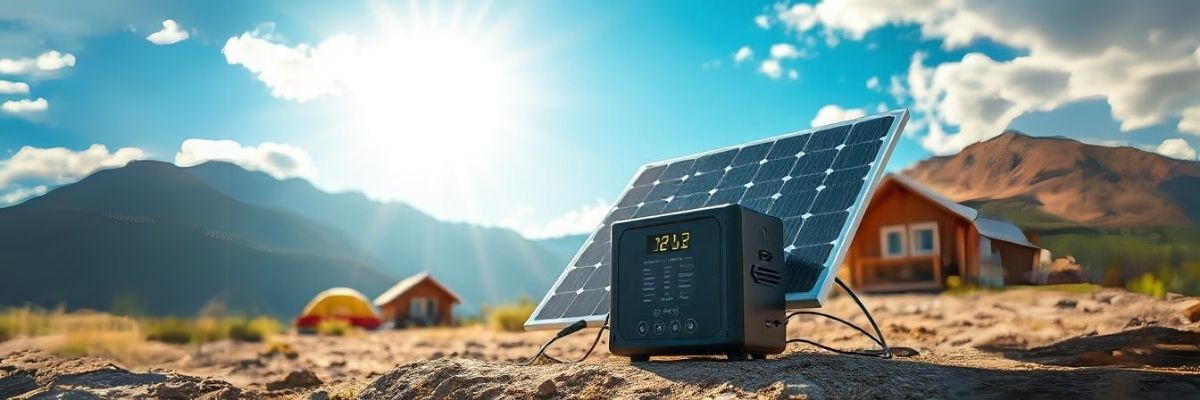
How Long Does It Take to Charge a Power Station With Solar Panels?
Picture this: You're off the grid, soaking up the sun, and relying on your portable power station to keep everything from your phone to your mini-fridge running. But how long will it take to fully charge with solar panels? Short answer: Anywhere from a few hours to a full day, depending on your setup. The size of your power station, solar panel wattage, sunlight conditions, and even weather all play a role. Let’s break it down so you can maximize your charging efficiency and never be left in the dark.
Not sure which power station is right for you?
Take the quiz!
Portable Power Station Solar Charging Times: Factors that Influence Duration
Power Station Capacity: Bigger Batteries, Longer Charging
Think of your portable power station like a water tank. The bigger the tank, the longer it takes to fill. A 300Wh station can be topped up in a few hours, while a 2000Wh unit might need a full day. If you're relying on solar for extended trips or emergencies, consider a battery size that matches your needs.
Solar Panel Wattage: More Power, Faster Charging
Solar panels come in different wattages, and this makes a huge difference in how fast your power station charges. A 100W panel will take much longer than a 400W setup. If you’re in a rush or need continuous off-grid power, investing in higher-wattage panels or multiple panels will help you get the most out of every ray of sunshine.

Estimating Portable Power Station Charging Times
Using Online Calculators: Predict Before You Charge
Not in the mood for calculations? Online solar charging calculators can give you an accurate estimate based on your battery size, panel wattage, and average sunlight hours. It’s a great way to plan ahead for your trips or emergency power needs.

Final Thoughts on Portable Power Station Solar Charging
Monitoring Charging Progress: Stay in Control
Most modern power stations have digital displays or mobile apps that show real-time charging status. Regularly checking these ensures you’re on track and lets you adjust panel placement if needed. Keeping an eye on the numbers helps prevent surprises when you need power the most.


